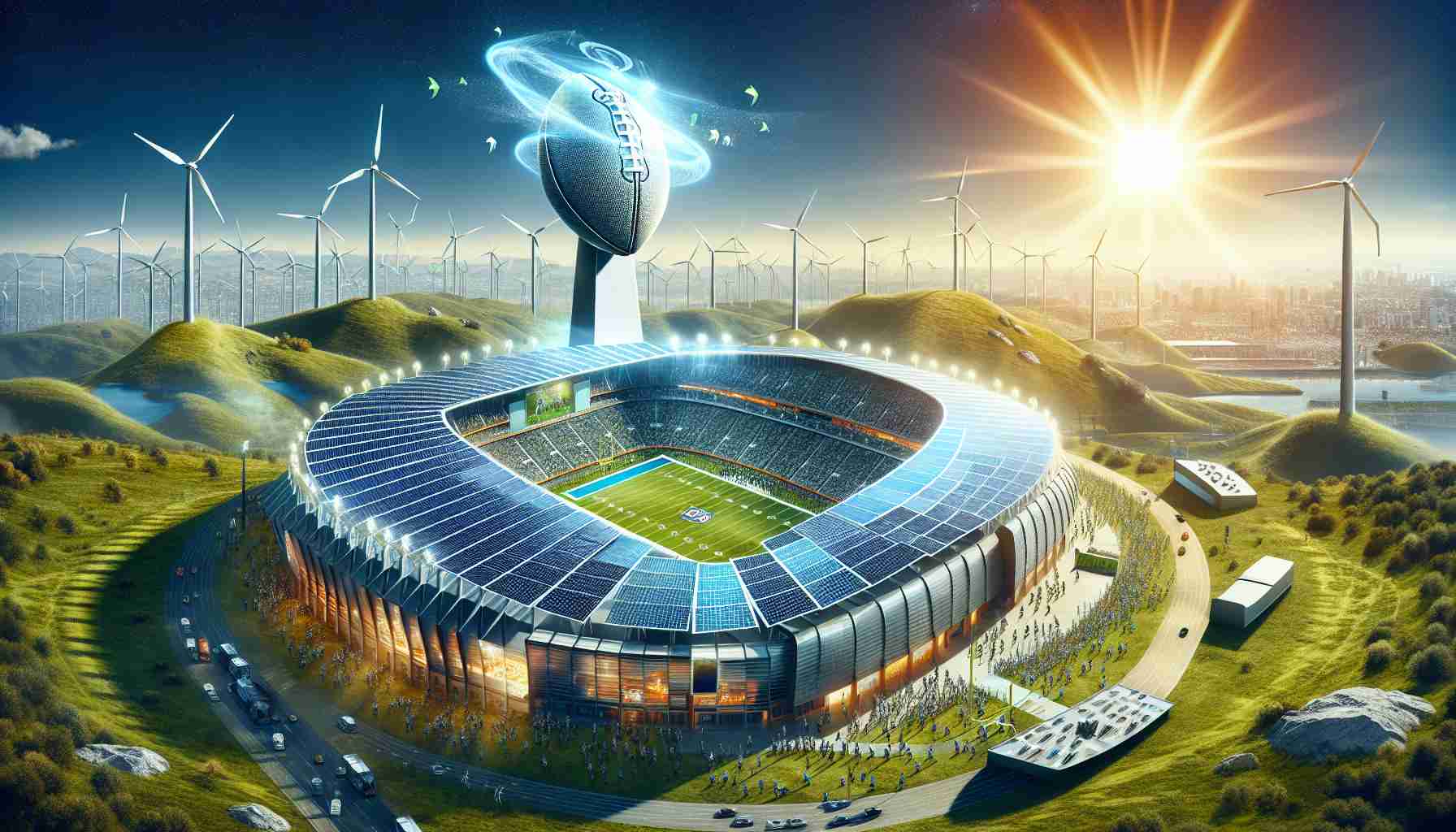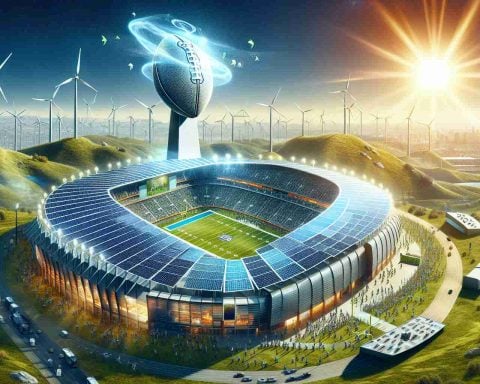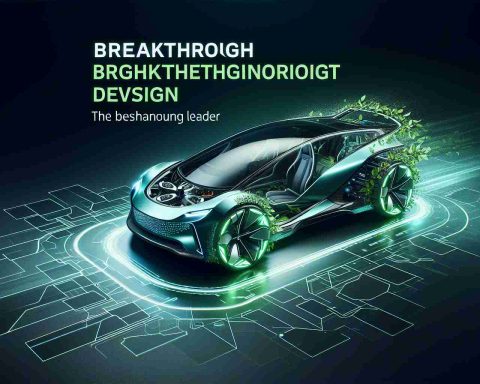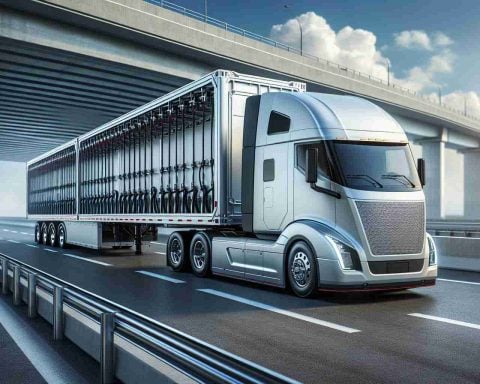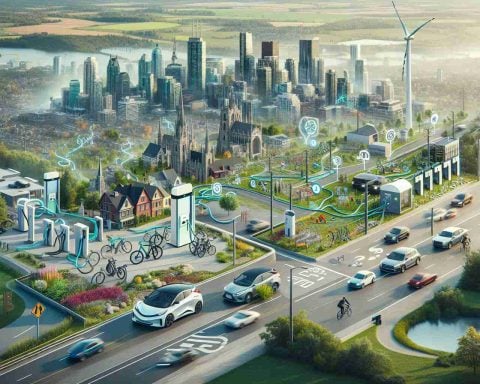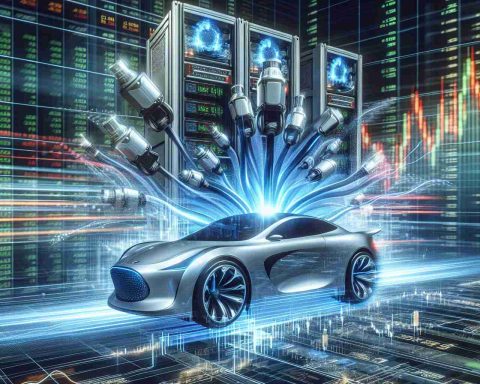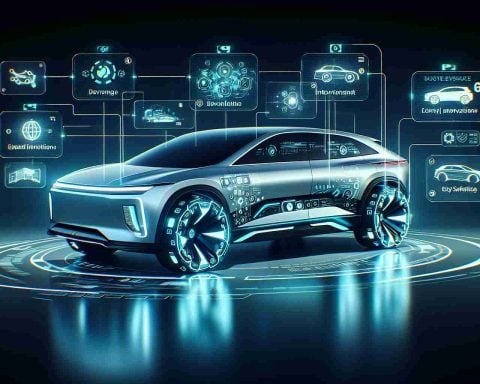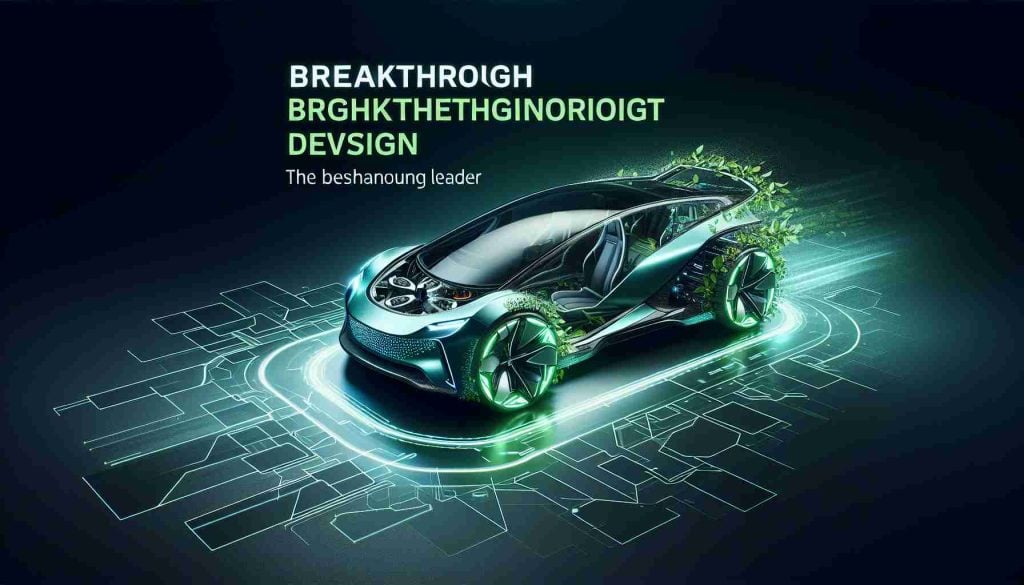- The 2024 Super Bowl in Las Vegas was fully powered by renewable energy, highlighting the potential of energy storage systems.
- Energy storage systems capture surplus electricity, releasing it during high demand periods, with advances driven by the electric vehicle industry’s growth in lithium-ion batteries.
- Powin and EDF Renewables showcased a massive solar array in Nevada’s Mojave Desert, powering both the Super Bowl and Nevada communities.
- Utilities like American Electric Power and Duke Energy are advancing renewable initiatives, especially in the Southeast, by balancing solar output and demand with storage technologies.
- Achieving climate goals requires massive investment in renewable infrastructure, with millions of megawatts needed globally each year.
- The event underscores the urgency of expanding energy storage to realize a sustainable, resilient future, emphasizing the role of policymakers in this transition.
Under the glittering lights of Las Vegas, history wasn’t just made on the football field. Beneath the spectacle of the 2024 Super Bowl, an unexpected revolution was quietly brewing—a green energy community triumph. The entire game, a global cultural event, was powered by renewable energy, showcasing the incredible potential of long-term energy storage systems.
Energy storage captures and stores electricity when it’s abundant, releasing it when demand spikes. This technology is rapidly advancing, driven in part by the surge in lithium-ion batteries from the booming electric vehicle industry. Yet, challenges remain. A growing demand from data centers and artificial intelligence stresses the grid, especially in places phasing out coal production.
Powin, a leader in energy storage solutions, partnered with EDF Renewables to bring this vision to life with a massive solar array nestled in Nevada’s Mojave Desert. This project not only powered the iconic Super Bowl but continues to provide energy to the entire Nevada community. It’s a beacon of what’s possible in the pursuit of sustainable energy.
Across the U.S., utilities like American Electric Power and Duke Energy are making strides toward a renewable future. The Southeast, in particular, is capitalizing on excess solar production by using advanced storage techniques to balance energy supply and demand seamlessly.
The path forward necessitates a monumental shift in investment and infrastructure, with the international community needing to install millions of megawatts of renewable energy annually to meet ambitious climate goals.
The Super Bowl in Las Vegas wasn’t just a football game—it was a glimpse into an energy landscape transformed. It signals the urgency to harness and expand energy storage, painting a vibrant picture of a resilient, greener future. As policymakers embrace this shift, the promise of renewable energy becomes not just a possibility but a necessity for the planet.
This Year’s Super Bowl Was More Than Just a Game – Discover the Hidden Green Revolution
The 2024 Super Bowl in Las Vegas was not only a milestone in sports history but also marked a pivotal moment for renewable energy. While the original article highlights the noteworthy achievement of powering the entire event with renewable energy, there is more to explore on how this success fits into the broader movement toward sustainable energy solutions.
Advancements in Renewable Energy Storage
The success of the Super Bowl’s renewable energy initiative stemmed from significant technological advancements:
1. Grid Integration: Beyond lithium-ion batteries, there are promising advancements in alternative energy storage technologies, such as solid-state and flow batteries. These solutions aim to offer higher efficiency, longer life cycles, and easier recyclability compared to traditional lithium-ion options.
2. Artificial Intelligence and Smart Grids: AI and machine learning play critical roles in managing energy distribution and predicting demand. Smart grids incorporate these technologies to optimize energy use and storage, reducing waste and enhancing efficiency.
3. Decentralized Energy Systems: Microgrids are being developed to operate independently or in conjunction with the main grid. This flexibility ensures reliability and enhances the resilience of energy systems, especially during extreme weather events.
Key Questions and Answers
1. How significant was the Super Bowl’s use of renewable energy?
– Using renewable energy for such a high-profile event showcased the feasibility and scalability of green energy solutions. It highlights how modern energy systems can support large-scale projects using sustainable resources.
2. What are the implications for other major events and urban centers?
– The success sets a precedent for other large-scale events, encouraging cities to invest in renewable energy infrastructure that supports not just individual events but year-round energy needs.
3. What challenges remain for widespread adoption of renewable energy?
– Significant challenges include the high initial costs of technology, the complexity of integrating into existing infrastructure, and the need for regulatory and policy support to facilitate broader adoption.
Related Domains:
– Powin
– EDF Renewables
– American Electric Power
– Duke Energy
The achievements in Las Vegas serve as a model for future advancements in renewable energy. As innovations in storage and grid integration evolve, the vision of a fully sustainable energy ecosystem becomes increasingly achievable. The urgency to embrace such innovations is amplified by our global climate challenges, making this transformation not only desirable but essential.
